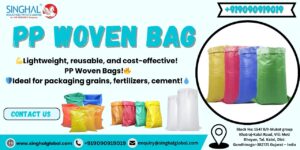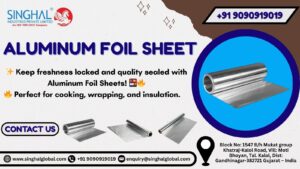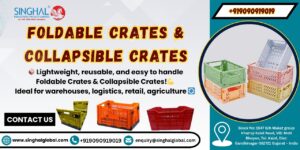The use of geomembranes, a form of synthetic material, has increased across many sectors. Because of their adaptability and resilience, they can be used for anything from waste management to erosion control. Nine of the most consequential uses of geomembranes across sectors will be discussed in this article.
Agriculture – constructing waterways and ponds for irrigation.
Irrigation canals and ponds often have geomembranes installed to prevent water loss. This ensures that plants get the right amount of water by reducing wasteful seepage and evaporation. Manure storage facilities can also benefit from geomembrane linings to reduce odors and stop the polluting of local water supplies. When applied to farming as a whole, geomembranes have the potential to increase productivity and longevity.
Fish farms and aquariums are examples of aquaculture.
Aquaculture often employs geomembranes to construct fish ponds and tanks. Farmers may maintain a healthy habitat for their fish by lining these structures with geomembranes, which limit water loss and pollution. Artificial wetlands constructed with geomembranes can further aid in water filtration and purification before being released back into nature. The use of geomembranes in aquaculture has the potential to increase the longevity and productivity of fish farming operations.
Protecting soil and groundwater from landfill leachate.
Landfills are a typical application for geomembranes. Geomembranes are used to line the bottom and sides of landfills to avoid leaching of waste products into the ground and water supply. This is especially crucial for hazardous waste, the improper disposal of which can have devastating effects on both human health and the natural environment. Landfill geomembranes are often constructed from high-density polyethylene (HDPE) or polyvinyl chloride (PVC) and are built to survive the extreme temperatures and chemical reactions that occur in a landfill.
Tailings pond and heap leach pad lining is a common mining practice.
Geomembranes are commonly used to line tailings ponds and heap leach pads in the mining industry. Waste products from mining processing are collected in tailings ponds for later disposal. Preventing environmental contamination by these waste products is crucial since they may include toxic chemicals and metals. Gold and other precious metals are usually extracted using heap leach pads. Pads are lined with geomembranes to prevent chemical runoff from the extraction process from damaging the surrounding environment.
Lining pits and tanks for oil and gas storage.
In the oil and gas industry, geomembranes are used to line storage pits and tanks. Oil, gas, and other potentially dangerous substances are stored in these underground pits and tanks. Leaks and spills are dangerous to the environment and to human health but can be stopped with the help of a geomembrane barrier. They are chemical and UV-radiation resistant, making them a long-lasting and reliable option for oil and gas containment.








